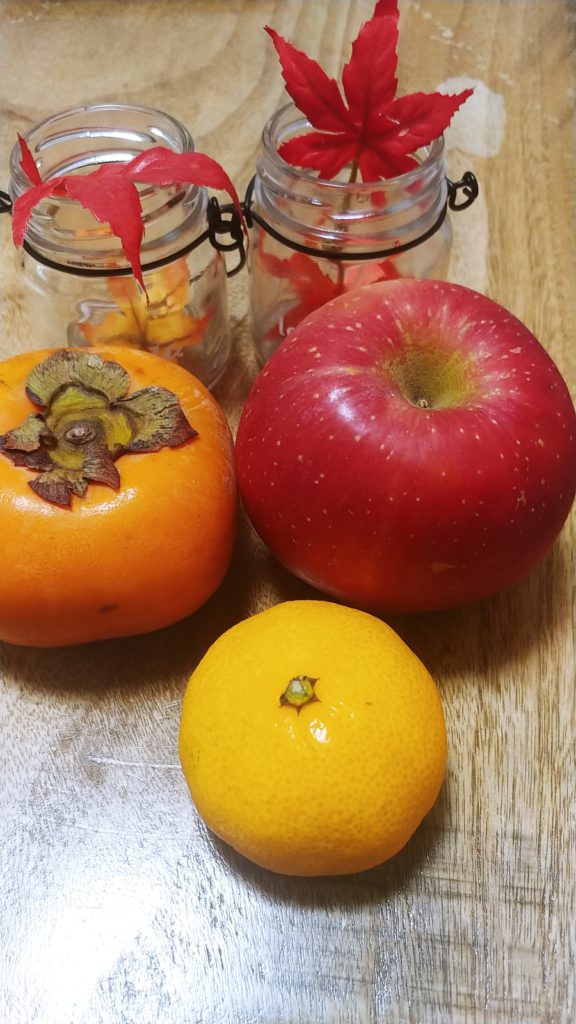
In Japan, you’re not likely to wander into a grocery store and find the same fruit available all year round. The only exceptions I’ve ever noticed have been bananas and kiwifruits.
Japan’s grocery stores seem to very much be about the seasons when it comes to produce. I think if you do happen to wander into a posh grocery store, maybe you can find blueberries in the winter, and I’ve noticed a recent trend of mikan (kind of like clementines or mandarin oranges) that were grown in greenhouses being available in the spring, but for the most part, you roll with the seasons, too.
That means my window of opportunity for eating nectarines is about four weeks, if I’m lucky. Nashi pears are longer, but the price goes up as time wears on until they disappear entirely from the shelves.
At first, I hated this system. I came from a place where you could buy the same fruit all year round thanks to the sheer vastness of the U.S., and now I was being forced into a system where fruit is not only extremely expensive, it’s only available for certain parts of the year. It felt confining.
However, as time has gone on and I’ve lived here as long as I have, I’ve started to sort of enjoy the limited time. I appreciate the fruit more, definitely, but it also helps depict the changing of the seasons without the need to put up decorations in the grocery store. For example, I know it’s autumn because apples and mikan are in every grocery store, along with persimmons. Without the need for fake fall leaves pinned up on the walls, I know it’s autumn.
I’m having a taste of autumn with these fruits, and I have to say I like it. If only I could find some decent apple cider somewhere, I’d be all set.